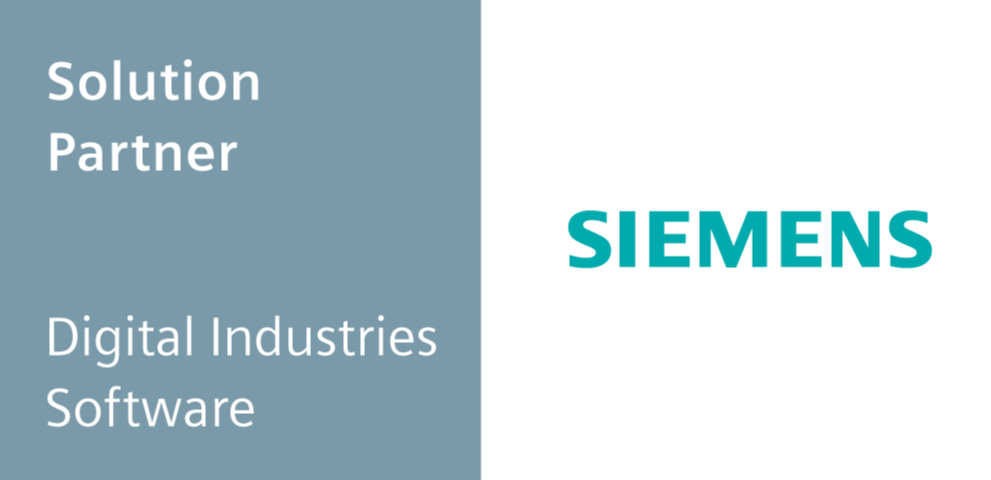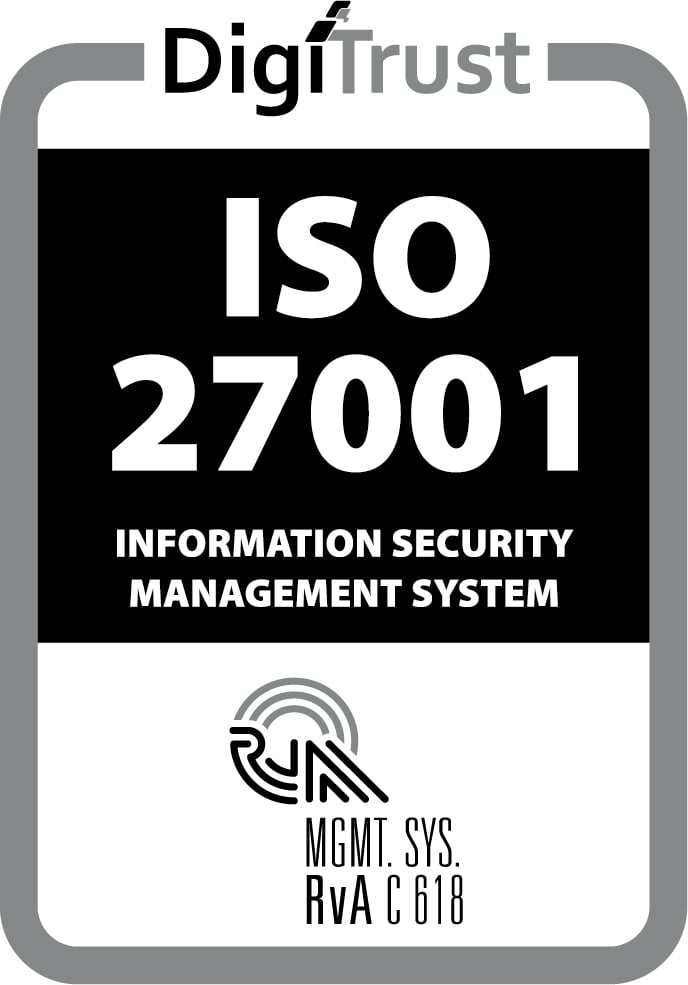Computer-aided design (CAD) software is essential for engineers who design and refine products. Choosing the top CAD solution enables your business to develop innovative new products while enhancing collaboration and reducing production costs.
Many CAD tools are available, all with strengths and weaknesses that make them suitable for various business and design processes. However, choosing the right one for your business is critical, and since CAD software is a significant investment, you’ll want to do some research.
This guide compares NX vs. other CAD tools to help you choose the best CAD platform for your needs.
Short on Time? Here’s a Brief Overview:
-
NX (Siemens): Best for 3D modeling and PLM integration
-
Solid Edge (Siemens): Best CAD software for basic projects
-
AutoCAD (Autodesk): Best for 2D product design
-
CATIA (Dassault Systèmes): Best for the Aerospace & Defense Industry
-
Fusion 360 (Autodesk): Best budget CAD software
Why CAD Tools Matter in Engineering and Manufacturing
CAD tools are central to product design, prototyping, refinement, and manufacturing across various industries. Engineers rely on them to visualize new products, assess design changes, and streamline collaboration during product design.
As product designs and workflows have become more complex, CAD tools have evolved to integrate with broader business systems. For example, they can be linked with product lifecycle management (PLM) software, which tracks a product’s progress from initial design through production and distribution. Integration provides complete visibility into product data and informs data-driven decisions at every stage of design and manufacturing.
Comprehensive Comparison of CAD Tools
Let’s compare five top CAD solutions so you can decide which is right for your business.
1. NX (Siemens)

Siemens NX is a CAD platform designed for complex engineering and manufacturing applications. It offers advanced modeling and simulation, including the ability to create digital twins to simulate how design changes can impact your manufacturing processes. NX also includes industry-specific workflows for automotive, aerospace, marine, and medical manufacturing, reducing your design time and helping you bring products to market faster.
NX can be fully integrated with the entire Siemens ecosystem, including Teamcenter PLM software and Internet of Things (IoT) devices. Multiple software tiers are available, making NX suitable for all businesses, from startups to enterprise-scale companies.
Key Features:
-
Advanced modeling and simulation capabilities
-
Integration with Teamcenter PLM software
-
Generative design and topology optimization
Strengths:
-
Scalable for large teams and complex projects
-
Excellent for aerospace and automotive industries
Challenges:
-
Relatively expensive
-
Steep learning curve
2. Solid Edge (Siemens)

Solid Edge is another excellent CAD software package from Siemens. Compared to NX, it offers fewer advanced capabilities and focuses primarily on prismatic modeling, which works best for simpler designs. However, Solid Edge is significantly more straightforward and affordable than NX and integrates seamlessly with other Siemens products like Teamcenter.
Solid Edge is a good choice for startups and medium-sized businesses that don’t need cutting-edge modeling features.
Key Features:
-
Synchronous technology for faster design iterations
-
Integration with Teamcenter PLM software
Strengths:
-
Intuitive user interface and moderate learning curve
-
Affordable solution compared to NX
Challenges:
-
Less advanced simulation and generative design capabilities compared to NX
3. AutoCAD (Autodesk)

AutoCAD offers powerful tools for 2D product design and has a low learning curve compared to Siemens software. It uses AI to help automate routine tasks, such as comparing drafts, replacing blocks, and counting objects, which can save time in your design process. AutoCAD also offers ready-made design toolsets for specific industries and flexible collaboration tools, making it suitable for large teams.
While AutoCAD supports 3D modeling, its simulation features are limited compared to NX or Solid Edge. The software integrates with Autodesk PLM and PLM software from Siemens, SAP, and other providers.
Key Features:
-
Capable 2D drafting features
-
Industry-specific design toolsets
Strengths:
-
Used across a wide range of industries
-
Extensive library of resources and plugins
Challenges:
-
Limited 3D modeling and simulation features
4. CATIA (Dassault Systèmes)

CATIA is a 3D modeling-focused CAD platform with advanced features for generative design. It fully integrates with Dassault Systèmes’ 3DEXPERIENCE platform, which offers cutting-edge tools like digital twin analysis, customizable workflows, and seamless collaboration tools. CATIA is one of the most powerful CAD solutions for multi-disciplinary engineering teams, and it’s especially ideal for complex applications in the aerospace and defense industries.
However, CATIA’s feature-rich platform isn’t the best choice for simple projects. It has complex implementation requirements and a steep learning curve, and it’s also one of the most expensive CAD solutions on the market.
Key Features:
-
Best-in-class 3D modeling tools
-
Supports digital twin simulations
Strengths:
-
Seamless integration with the 3DEXPERIENCE platform
-
Flexible collaboration tools and customizable workflows
Challenges:
-
Very expensive
-
Complex to implement
5. Fusion 360 (Autodesk)

Fusion 360 is Autodesk’s premier platform for 3D modeling and product simulation. With it, you can build in 3D and then quickly convert to 2D drawings for refinement and collaboration. The software is also highly extensible, with add-on toolsets for additive manufacturing processes, component optimization, and bill of materials (BOM) management.
Fusion 360 is affordable and flexible, offering all the same collaboration tools as Autodesk. That said, Fusion 360 lacks industry-specific workflows and provides limited support for automation.
Key Features:
-
All-in-one solution for product design and manufacturing
-
User-friendly 3D modeling and simulation tools
Strengths:
-
Very affordable compared to other CAD platforms
-
Cloud-based deployment is fast
Challenges:
-
Lack of automation limits scalability for enterprise companies
-
Doesn’t include industry-specific workflows
How to Choose the Right CAD Tool
Let’s review some of the key factors to consider when choosing the best CAD software for your business.
-
Project complexity: Complex projects require more advanced CAD features, such as 3D modeling, simulations, and support for digital twins. However, more complex software is often expensive and less user-friendly, so it's important to choose a platform that matches your project requirements.
-
Team size: Larger teams or teams of different types of engineers need built-in collaboration tools. Look for features like versioning, annotations, and user permissions.
-
PLM integration: Seamless data flow between CAD and PLM systems is essential for a complete view of your products and processes. Look for providers that offer both CAD and PLM solutions with ready-made integrations.
-
Scalability: Look for CAD platforms that offer add-on modules or marketplaces so you can continue adding features as your business grows. Investigate providers to be sure they consistently add new features to their software as technology improves.
CLEVR’s Role in Maximizing CAD and PLM Potential
CLEVR can help you choose and customize integrated CAD and PLM solutions to meet your business’s unique needs. We have experience implementing CAD tools like NX and Solid Edge for manufacturing, marine, and aerospace businesses and can integrate them seamlessly with Siemens Teamcenter PLM. Our approach enables your company to streamline your design process, accelerate innovation, and save money through operational efficiency.
Ready to learn more about combining CAD and PLM and how it can boost your business? Check out our comprehensive guide to PLM.
How We Researched This Comparison
We conducted an in-depth evaluation of each CAD software package and evaluated 2D drawing and 3D modeling capabilities. Our analysis also incorporated customer reviews and insights from product and design engineers. In addition, we relied on expert recommendations to provide well-rounded guidance on selecting the best CAD software for your needs.
FAQs
What is the best CAD software?
We recommend Siemens NX as the overall best CAD tool for most manufacturing, aerospace, automotive, and marine companies. NX offers advanced 3D modeling and simulation capabilities, industry-specific workflows, and flexible collaboration tools. It also integrates seamlessly with Siemens Teamcenter PLM.
How much does CAD software cost?
Costs for CAD software vary widely depending on the features you need. Many platforms offer multiple pricing tiers. Siemens NX starts at $191 per month for the basic Essentials package but goes up to $1,019 for the top-tier Premium package. AutoCAD’s lowest price is $250 per month, but many users will need paid add-ons.




